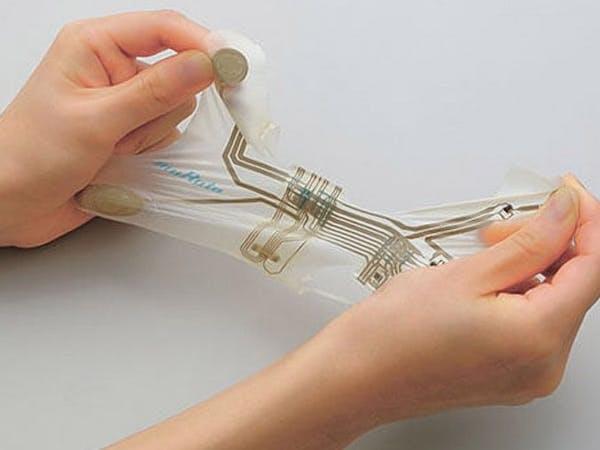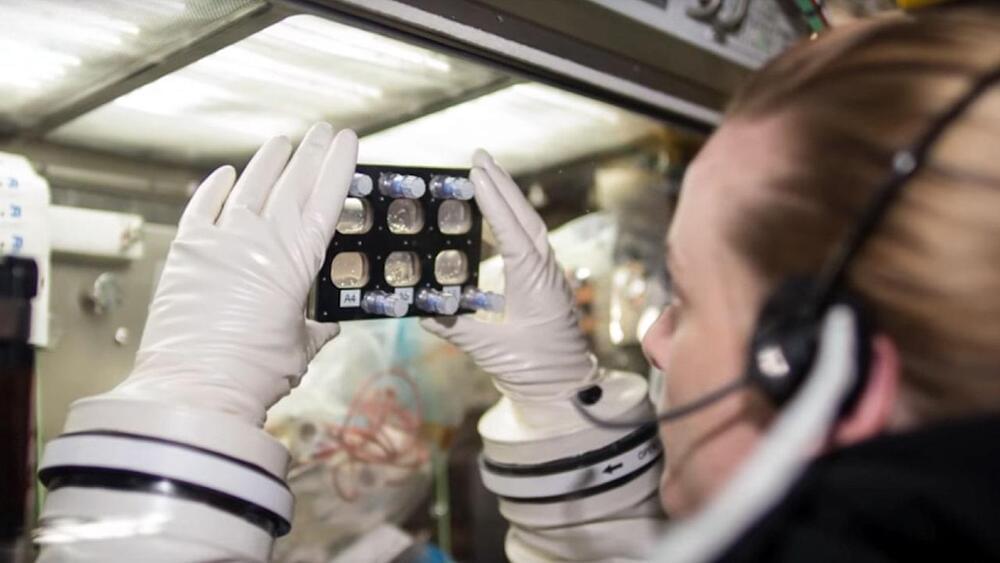Nov 4, 2024
Coarse-Grained Simulations of Adeno-Associated Virus and Its Receptor Reveal Influences on Membrane Lipid Organization and Curvature
Posted by Logan Thrasher Collins in categories: biotech/medical, virtual reality
Adeno-associated virus (AAV) is a well-known gene delivery tool with a wide range of applications, including as a vector for gene therapies. However, the molecular mechanism of its cell entry remains unknown. Here, we performed coarse-grained molecular dynamics simulations of the AAV serotype 2 (AAV2) capsid and the universal AAV receptor (AAVR) in a model plasma membrane environment. Our simulations show that binding of the AAV2 capsid to the membrane induces membrane curvature, along with the recruitment and clustering of GM3 lipids around the AAV2 capsid. We also found that the AAVR binds to the AAV2 capsid at the VR-I loops using its PKD2 and PKD3 domains, whose binding poses differs from previous structural studies. These first molecular-level insights into AAV2 membrane interactions suggest a complex process during the initial phase of AAV2 capsid internalization.

















